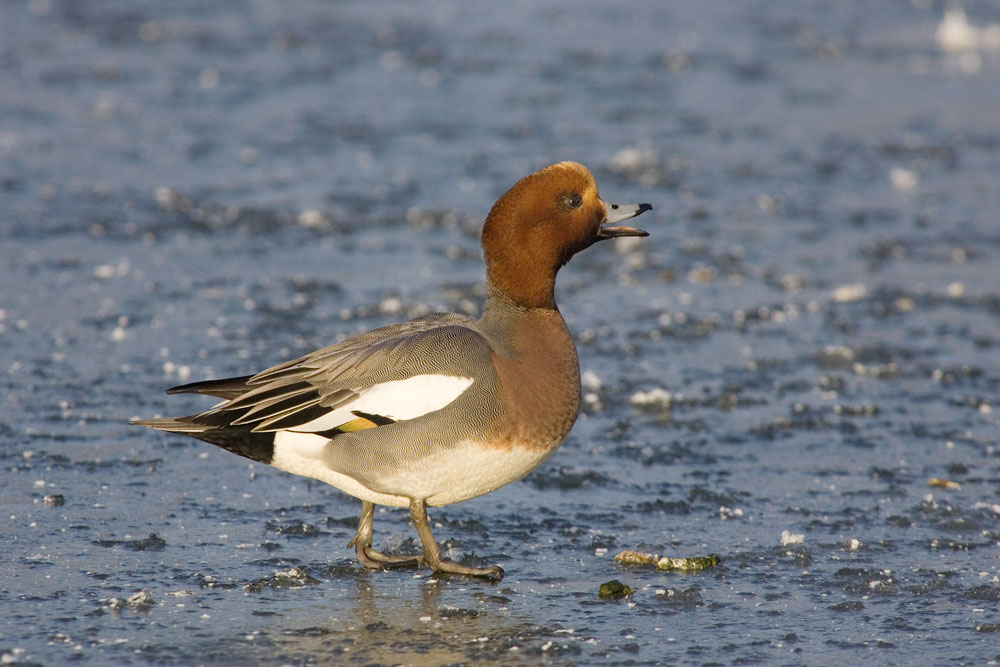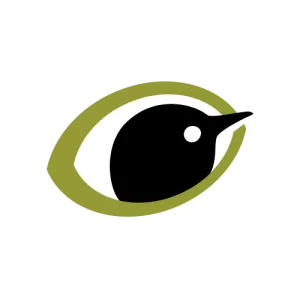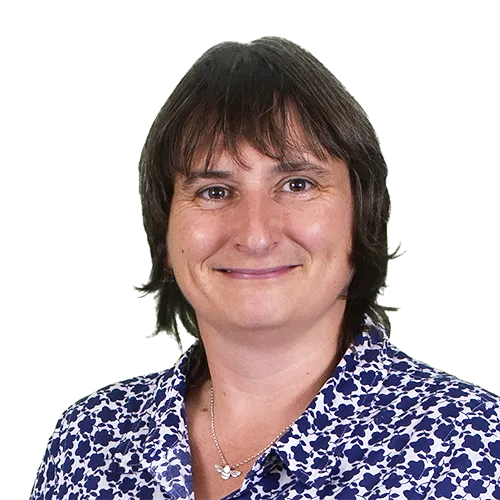Waterbirds in the UK presents the results of the annual Wetland Bird Survey Report. Since 2022, Waterbirds in the UK is also the primary reporting mechanism for Goose and Swan Monitoring Programme results.
Citation
Overview
The report provides a single, comprehensive source of information on the current status and distribution of waterbirds in the UK for those interested in the conservation of the populations of these species and the wetland sites they use.
Key stories from this report include more updates on avian influenza affecting migratory Barnacle Goose and Mute Swan, as well as a focus on the latest WeBS Alerts, looking at how wintering waterbirds are doing in protected areas.
In more detail
 The report, published on 22 May 2025, is this year’s annual report and official statistic for the BTO/RSPB/JNCC Wetland Bird Survey (WeBS) and the BTO/JNCC/NatureScot Goose and Swan Monitoring Programme (GSMP). It presents and analyses data about the UK’s wintering waterbird species, collected by over 3,900 dedicated volunteers across the UK.
The report, published on 22 May 2025, is this year’s annual report and official statistic for the BTO/RSPB/JNCC Wetland Bird Survey (WeBS) and the BTO/JNCC/NatureScot Goose and Swan Monitoring Programme (GSMP). It presents and analyses data about the UK’s wintering waterbird species, collected by over 3,900 dedicated volunteers across the UK.
Both WeBS and GSMP have robust, long-term datasets that map the changing population size and distribution of the UK’s internationally important wintering waterbirds like ducks, geese, swans and waders.
High pathogenicity avian influenza, also known as bird flu or avian flu, has been negatively affecting certain species in recent years. Along with seabirds, wildfowl are amongst those groups of wild birds that have been severely hit. This is due partly to the fact that these birds often congregate in large numbers, which allows the virus to spread rapidly. In 2021, more Mute Swan tested positive for bird flu than any other wild bird species, and it was the second most reported species in 2022. This is further discussed on page 24 of the report.
Svalbard and Greenland breeding populations of Barnacle Geese were also hit significantly in 2021 by avian influenza, with further updates of this mentioned in this year’s report.
As our waders and wildfowl continue to adapt to a changing climate and other threats like disease, Waterbirds in the UK provides essential data about their movements and distribution. WeBS and GSMP are both vital components of the international collaborative effort to monitor these species on a flyway scale and inform future conservation decisions.
Every five years, the WeBS report also includes ‘WeBS Alerts’ - major ‘stocktakes’ that look at how wintering waterbirds are doing on sites which are legally designated to protect them, compared to how they may be faring in the wider landscape.
Among the many findings in the 2025 alerts, it is clear that several species are showing consistent declines across the UK’s protected areas.
Only by measuring the quality of the protected areas, and their value to key species, can conservation decisions reflect the needs of the birds that use them, as well as flag concerns that may direct future conservation efforts.
The WeBS and GSMP Partnerships
WeBS is a partnership jointly funded by BTO, RSPB and JNCC, with fieldwork conducted by volunteers and previous support from WWT. The permanent members of the WeBS Steering Committee in 2023/24 were Teresa Frost (BTO), Dawn Balmer (BTO), James Pearce-Higgins (BTO), Kirsi Peck (JNCC) and Simon Wotton (RSPB).
GSMP is a partnership run by and jointly funded by BTO, JNCC and NatureScot with fieldwork conducted by both volunteer and professional surveyors. The permanent members of the GSMP Steering Committee in 2023/24 were Teresa Frost (BTO), Neil Calbrade (BTO), Kirsi Peck (JNCC) and Jess Shaw (NatureScot).






